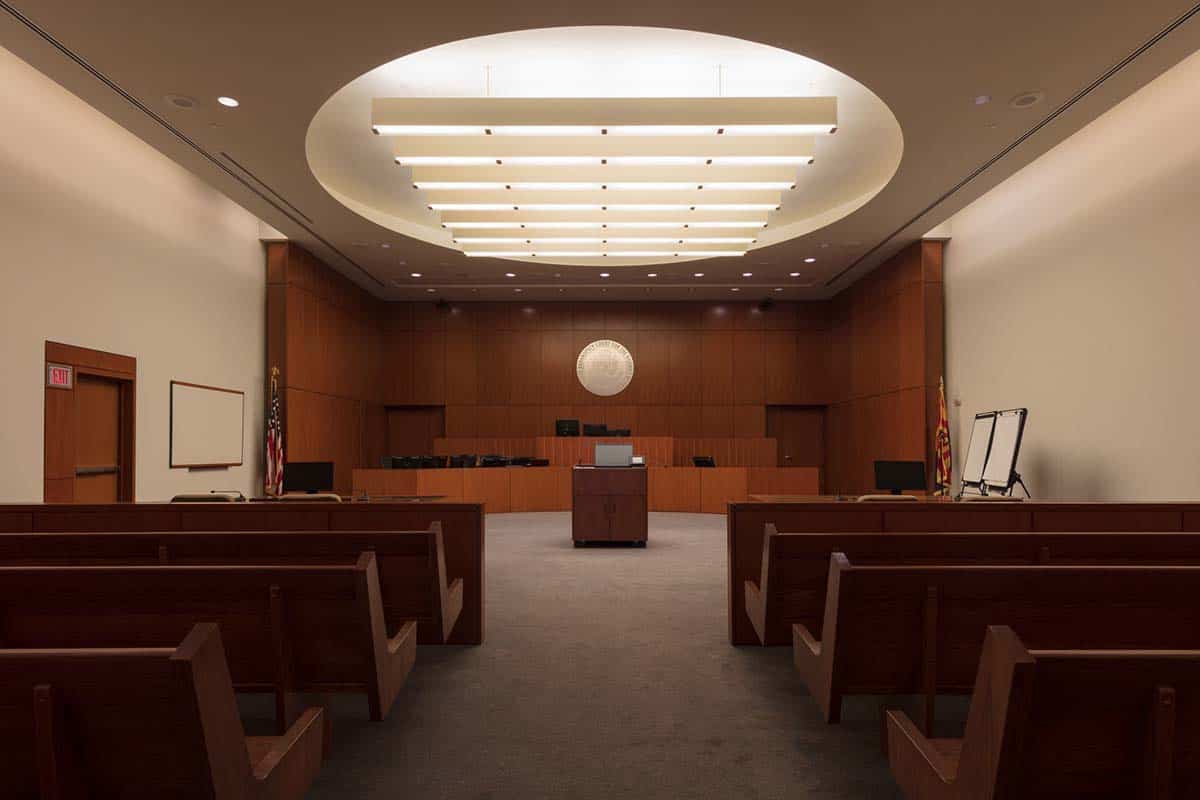You’ve gone to see a bankruptcy attorney and got along with him/her pretty well. You’ve signed the attorney’s retainer agreement, gathered all of your documents, and filed your case. Now what? The typical bankruptcy process looks like this: retain an attorney, prepare the petition, file the petition, and then attend a court appearance called the 341 Meeting of Creditors. Dum, dum, dum.
Yes, there is one dreaded court appearance in a bankruptcy case, and it often strikes fear in the heart of many debtors. This is understandable. Most people who file for bankruptcy relief have never been involved in the court process before and have never been inside a courtroom. The bankruptcy appearance, however, is probably one of the easiest court appearances that anyone would ever have to make. The bankruptcy code requires all debtors be convened for a meeting of creditors within a reasonable time after filing for bankruptcy relief. In Arizona, a reasonable time, is a approximately 30-40 days after the bankruptcy petition is filed. The meeting is presided over by the bankruptcy trustee assigned to the case. The trustee is in charge of administering the case, which includes reviewing all the submitted documents, liquidating any assets under Chapter 7, or administering a Chapter 13 Plan of reorganization. Typically, a debtor will receive a letter from the trustee assigned to his/her case about a week after filing. This letter will notify the debtor of his/her rights under the bankruptcy code, include some sort of questionnaire to complete, and will request that specific documents by submitted prior to the hearing (yes, more documents!). Usually, the trustee will not provide a copy of this letter to the debtor’s attorney, so the debtor must make sure to either contact his/her attorney when the letter is received, or comply with the letter on his/her own accord.
On the day of the hearing, the trustee will probably have blocks of cases scheduled for every half hour. When an individual case is called, the debtor and the debtor’s attorney will go before the trustee. The trustee will swear the debtor in and make sure that the debtor understands the oath that he/she is taking. The trustee will also review the debtor’s driver’s license and social security card. These are the only two documents that are needed for the hearing (imagine that, only two documents this time). Once the debtor is under oath, the trustee will probably proceed with some standard questions. These questions are the same for everybody and usually include:
- State your name for the record
- Have you filed a bankruptcy before?
- Have you lived in the state where your case was filed for at least two years?
- Did you list everything that you own and everyone that you owe money to on your petition?
- Did you review your petition with your attorney, and is it true and accurate to the best of your knowledge?
- Do you owe any child support or alimony?
- Did you ever file a bankruptcy using a different name or social security number?
After these basic questions, the trustee may turn to more specific questions concerning the debtor’s case. Typically, the trustee will ask about assets, bank accounts, and taxes. Once the trustee has concluded the questioning, he/she will ask if there are any creditors present. In Arizona at least, 99% of the time, no creditors will attend this meeting. If it does happen, it is usually an ex-wife or ex-business partner who has received notice of the bankruptcy filing and is unsure of what to do. If a different type of creditor does show up, the representative will announce his/her presence for the record and should only ask a few questions. It should not be a long and drawn out examination because time is limited. At that point, the trustee will conclude the meeting, and the debtor free to go. And that’s it. Phew…easy right? I often see clients stress and stress over this hearing, but they find that it is really the easiest part of the whole process.
In most bankruptcies, the 341 Meeting of Creditors should be the only court appearance a debtor has to make. Most debtors will never even meet the judge assigned to the case. This is a probably a good thing because we often say, if we are before a judge in bankruptcy court, something has gone wrong. But of course, that is why you have hired a competent attorney to assist you.
